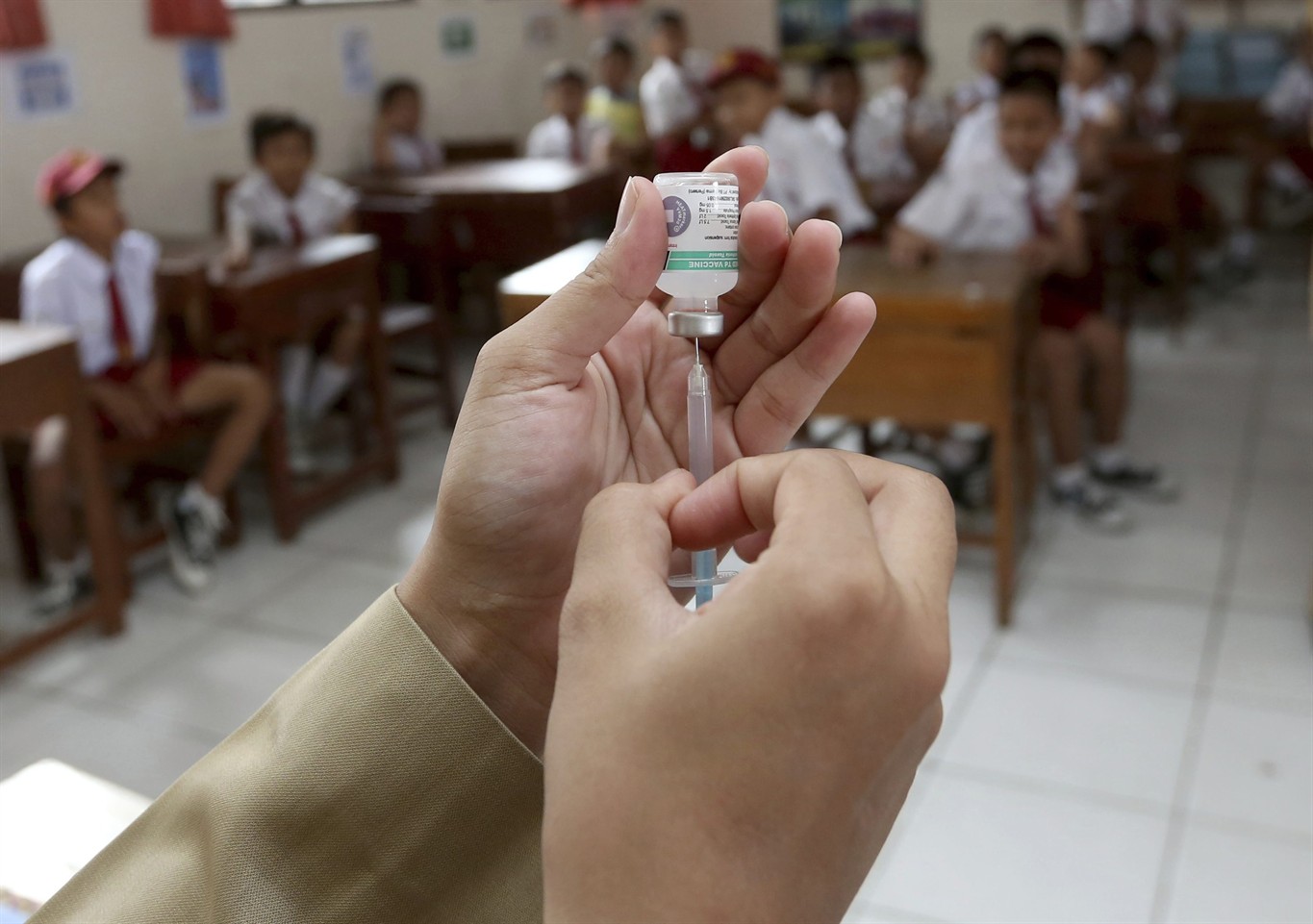
Figure 1. Symptoms occurring in diphtheria, (A) bull neck dan (B) pseudo membrane
Reference. Kole A, Roy R. Respiratory Diphtheria. New England Journal of Medicine. 2013;369(16):1544-1544.
Outbreak of diphtheria, a communicable disease known for its life-threatening risk, is once again reported in Indonesia. Based on the report published by the Ministry of Health Republic of Indonesia, there had been 95 cities being reported with cases of diphtheria until November 2017; and from October until November 2017, there had been 11 provinces reported with diphtheria outbreaks, of which were: (1) West Sumatera, (2) Central Java, (3) Aceh, (4) South Sumatera, (5) South Sulawesi, (6) East Kalimantan, (7) Riau, (8) Banten, (9) Jakarta, (10) West Java, and (11) East Jawa.
In response of this outbreak, Ministry of Health Republic of Indonesia has advised communities to: first, check their children immunization status and making sure it is completed; second, prevent transmissions by practicing healthy lifestyle, of which include using mask when being sick and to immediately seek for health assistance when a family member is having a fever, sore throat and is found with layers of cloudy-white-colored pseudo membrane on the surface of her/ his throat; And last, to cooperate effectively with health officers in their area if they were to conduct any ORI (Outbreak Response Immunization).
Diphteria, a disease caused by a pathogenic bacteria called Corynebacterium diptheriae, is a highly contagious disease. These bacteria are easily transmitted through sneeze, cough or direct contact. These bacteria will adhere to the mucosa surface of the throat and may secrete toxins, of which can cause local inflammations and damage of the throat’s tissues. This damage then may lead to the outspread of the toxins, carried by the blood vessels or the lymphatic systems, to other organs such as the heart, kidney and the nervous system.
The symptoms that may occur in diphtheria include: (1) fever (~38°C), (2) the existence of cloudy-white-colored coating or so called the pseudo membrane on the surface of one’s throat or tonsils that would easily bleed when removed, (3) sore throat, (4) enlargement of the neck’s lymph nodes, and (5) swollen neck and throat, or known as “bull neck”. At some cases, patients may experience difficulty in breathing.
There are no other efforts of which are found more effective than performing complete diphtheria immunizations. Past experiences shown that the ORI program had been effective in breaking the chain of diphtheria’s transmissions.
References
- Kementerian Kesehatan Republik Indonesia [Internet]. Depkes.go.id. 2017 [cited 5 December 2017]. Available from: http://www.depkes.go.id/article/view/17120500001/-imunisasi-efektif-cegah-difteri.html
- Kementerian Kesehatan Republik Indonesia [Internet]. Depkes.go.id. 2017 [cited 5 December 2017]. Available from: http://www.depkes.go.id/article/print/16021500001/imunisasi-efektif-cegah-difteri.html
- Kole A, Roy R. Respiratory Diphtheria. New England Journal of Medicine. 2013;369(16):1544-1544.
- Diphtheria: Background, Pathophysiology, Epidemiology [Internet]. Emedicine.medscape.com. 2017 [cited 5 December 2017]. Available from: https://emedicine.medscape.com/article/782051-overview#a5
Alessa Fahira
Indonesia One Health University Network
Communication and Networking Team
That includes the stereo speakers, of which there are two on the celltrackingapps.com top and two on the bottom.
